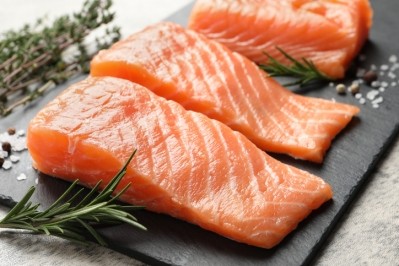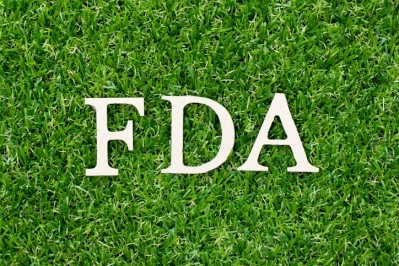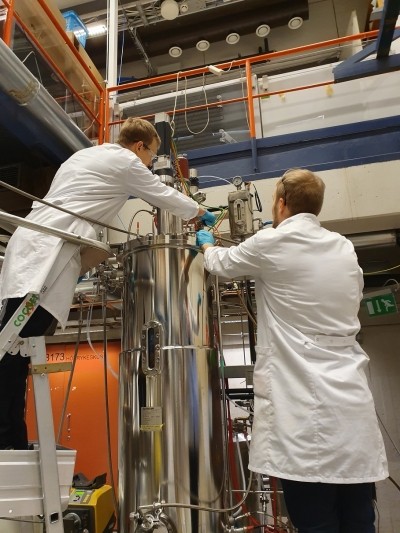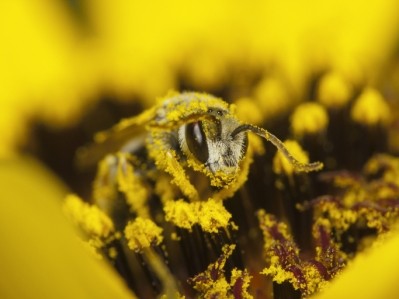KnipBio develops SCP strain to produce astaxanthin for aquafeed
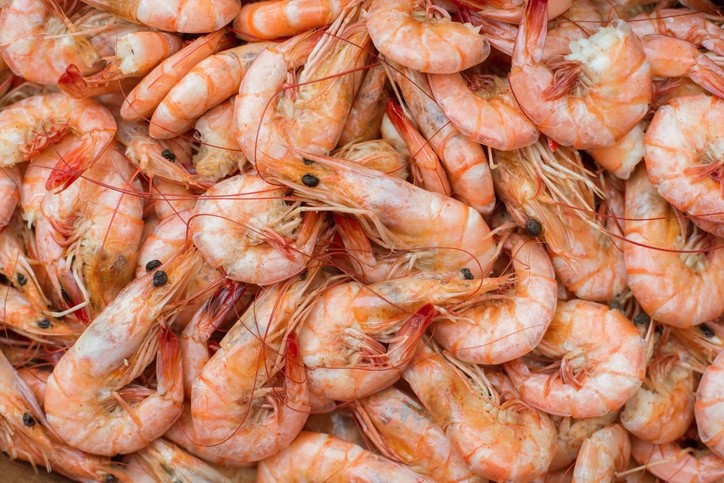
The US biotechnology company announced that it had developed a way to produce commercial amounts of its single-cell protein-based meal that also contains bio-astaxanthin. The carotenoid gives the color to salmon, shrimp and rainbow trout and may provide health benefits.
Larry Feinberg, CEO of KnipBio, said production of a bio-astaxanthin was of interest because the product is an ingredient in several types of aqua feed and is expensive.
“This was a technical target that we’d set out for ourselves,” he told FeedNavigator. “It is a demonstration of the toolkit and platform we’re developing to be able to make different types of proteins and bio-molecules.”
The Massachusetts-based producer is in the process of developing a line of commercial feed ingredients, he said. “We have these KnipBio meals (KBMs) - we think of KnipBio meal as a family of products,” he added.
The new meal containing bio-astaxanthin would be one part of the product line, rather than including the coloring agent in every protein meal offered, he said.
“[There are] forms of proteins that are out there and available,” he said. “But one that combines protein, carotenoids, prebiotics is really unique – and has synergistic benefits beyond the original applications.”
Feed additive details
The bio-astaxanthin is likely to be presented as an ingredient for specific species during specified life stages, said Feinberg. KnipBio is focused on providing a range of ingredients, rather than finished feeds.
“Color depositing types of feeds are not given for the animal’s entire lifetime,” he said. It is more likely to be included in a finishing feed.
The company is currently in the process of running feeding trials using the newly established feed ingredient, he said. “We’re not able to talk about the results yet – we expect it to go well."
The trials are evaluating the impact on the ingredient on digestibility, tissue deposition and duration of color retention compared to other types of astaxanthin – both synthetic and natural, the company reported.
The aim is to have it be effective when used at a 5%, or less, inclusion rate in a finished feed.
The bio-astaxanthin generated is a non-synthetic form of the coloring agent, however, it would be priced in line with the synthetic version, said Feinberg. “Price is the compelling factor for synthetic – if you had your choice you’d pick the biological every time."
“We’re really only comparing ourselves to synthetic. The other bio-forms we expect to be significantly cheaper than.”
Since the initial idea, development has taken several years. The process included making sure the company had the ability to operate and establishing intellectual property that did not infringe on work others were doing.
KnipBio is in the process of bringing its ingredient product line to the market, but there may be some time before its bio-astaxanthin product is available in the US, he said. “In the US market, it will take longer because of the regulatory process."
In addition to the ongoing feeding trials, the company’s protein ingredient has already been submitted to the US Food and Drug Administration (FDA) for a Generally Recognized as Safe (GRAS) review, said Feinberg.
Astaxanthin has already been approved for use in feed in the US.
However, the combination of the two ingredients provides a novel aspect to be reviewed for efficacy and safety, In other regions, it is anticipated that the product could see commercialization by 2019, he said.
